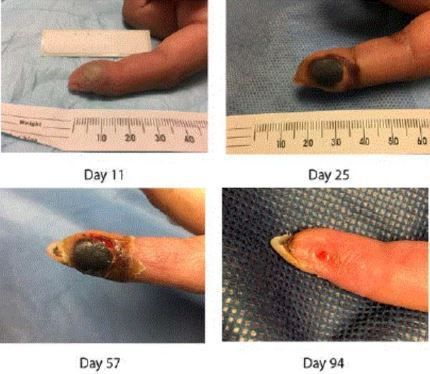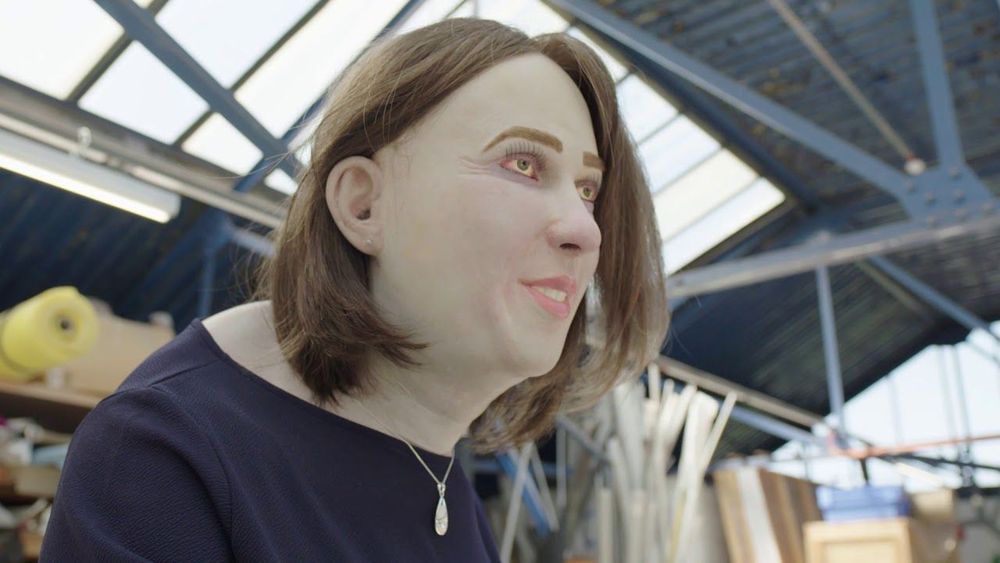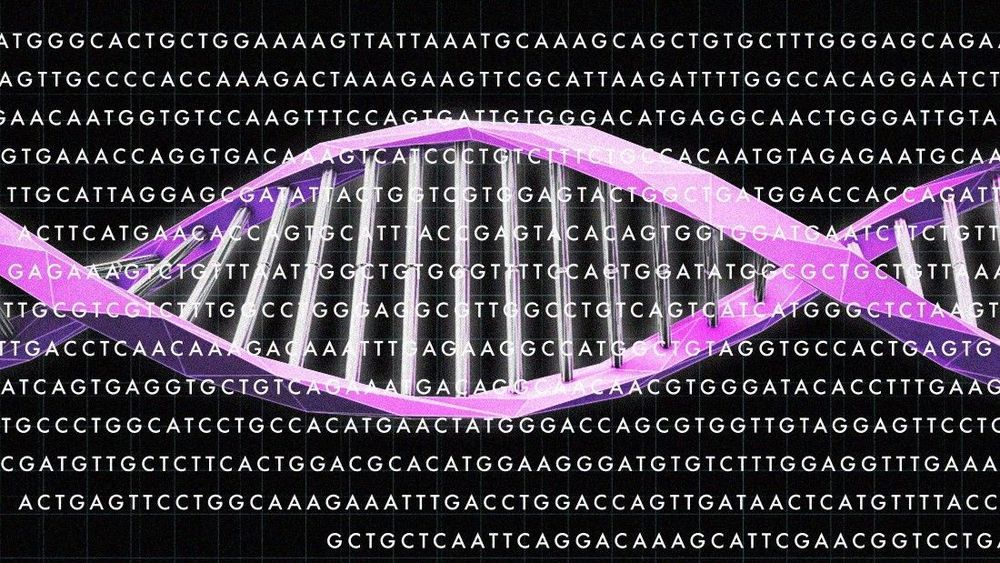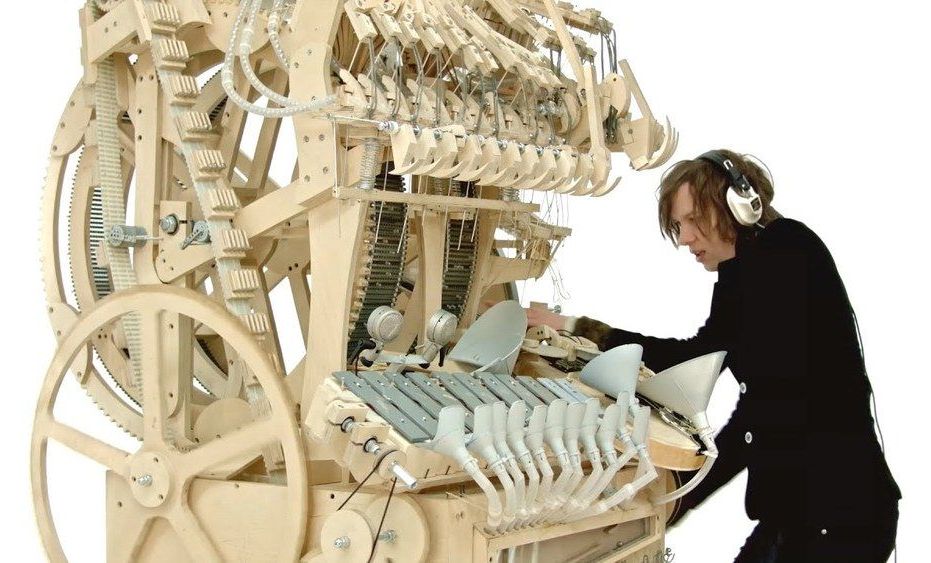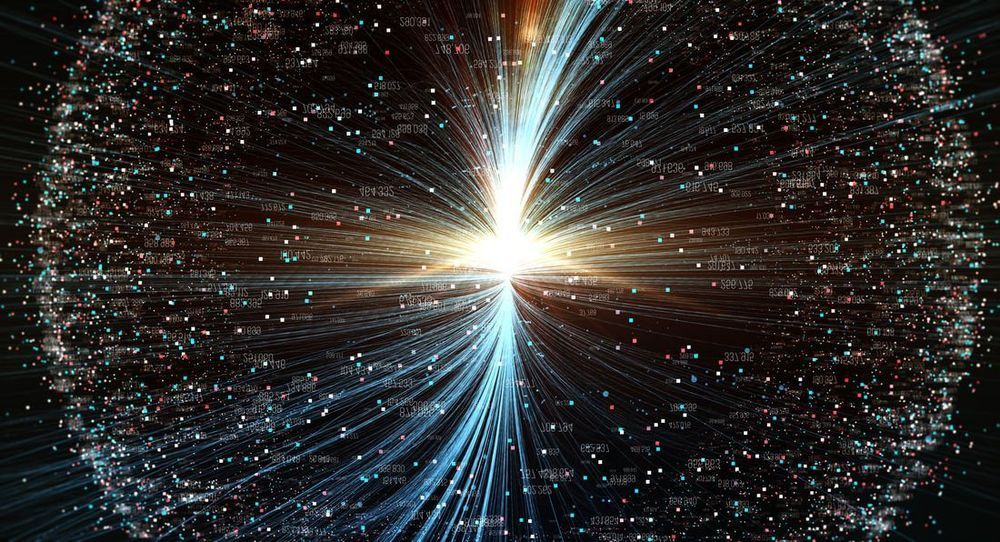Oct 25, 2019
Lab Tech Accidentally Injects Herself with Smallpox-Related Virus
Posted by Genevieve Klien in category: biotech/medical
A lab worker in San Diego became infected with a smallpox-related virus, known as the vaccinia virus, after she accidentally stuck her finger with a needle, according to a new report.
The infection caused the tip of the woman’s finger to swell and turn black. Her case is unique because it marks the first time that doctors have used tecovirimat — a recently approved drug for smallpox — to treat a laboratory-acquired infection with vaccinia virus, the report said.
